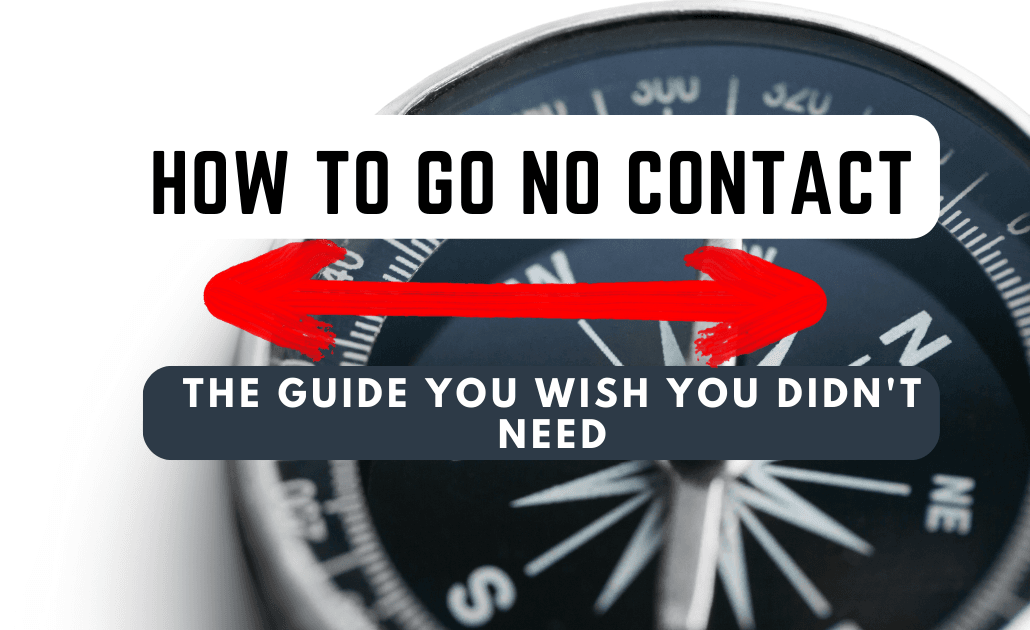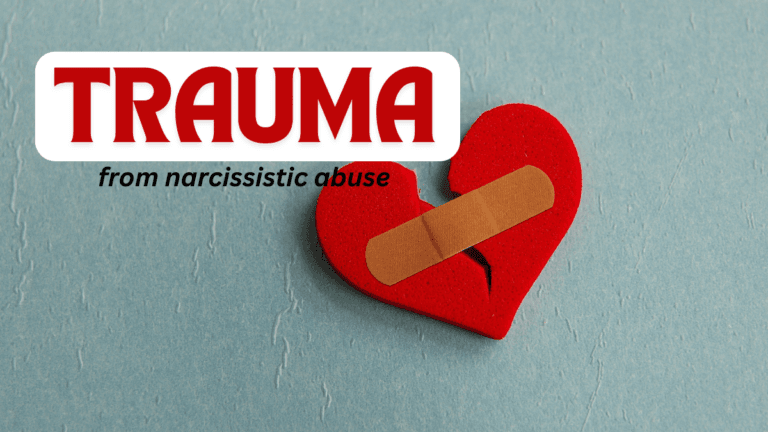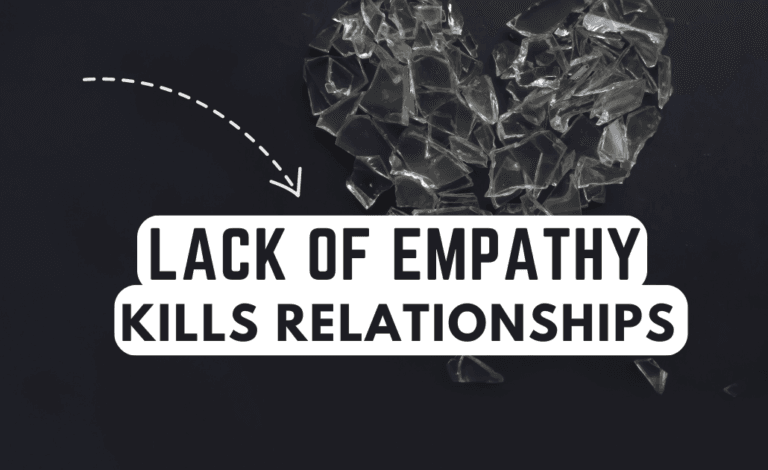Cutting Contact for Growth: The Simplified Guide to Going No Contact
Cutting Contact is Not Easy
Going no contact is a challenging but empowering decision for anyone seeking to break free from toxic relationships or individuals who bring more harm than good.
It allows you to prioritize your mental and emotional well-being, paving the way for personal growth and healing.
In this article, we will guide you through the process of going no contact ensuring that you have all the tools necessary to embark on this transformative journey.
Table of Contents
Understanding the Concept of Going No Contact
Going no contact involves cutting off all communication and interactions with toxic individuals.
It is a boundary-setting strategy aimed at protecting yourself from emotional abuse, manipulation, or any form of harm caused by such relationships. By implementing no contact, you create a safe space for yourself to heal and rebuild your life.
Recognizing the Need for No Contact
Identifying the signs that necessitate going no contact is crucial.
These signs may include consistent disrespect, gaslighting, emotional manipulation, physical or verbal abuse, or any behavior that erodes your well-being. Trust your instincts and acknowledge that you deserve better.
Related: Broke No Contact – What to Do?
Preparing for No Contact
Before initiating no contact, it is essential to prepare yourself mentally and emotionally:
a. Seek support: Reach out to trusted friends, family, or a therapist who can provide guidance, understanding, and encouragement throughout the process.
b. Establish boundaries: Clearly define and communicate your boundaries to the individual(s) involved, emphasizing your decision to go no contact and your expectations for respecting your space.
c. Create a support network: Surround yourself with positive influences and nurturing relationships to help counteract any feelings of loneliness or doubt.
Implementing No Contact
Once you’ve made the decision, it’s time to put your plan into action:
a. Block all forms of communication: Block the person’s phone number, email, and social media accounts to prevent any contact. This step eliminates potential triggers and reduces the temptation to break the no contact rule.
b. Inform trusted individuals: Share your decision with close friends and family, asking them to respect your boundaries and not provide information about you to the person you are going no contact with.
c. Handle legal and logistical matters: If necessary, address any legal or practical matters, such as changing locks, updating security measures, or seeking legal advice to protect yourself and your assets.
Related: Should You Confront a Narcissist?
Navigating Challenges
Going no contact may present certain challenges along the way. Here’s how to handle them:
a. Dealing with guilt: Understand that guilt is a common emotion during this process. Remind yourself of the reasons you chose no contact and the importance of prioritizing your well-being.
b. Self-care and healing: Focus on self-care activities that promote healing, such as therapy, engaging in hobbies, practicing mindfulness, and surrounding yourself with positive influences.
c. Managing potential hoovering attempts: Be prepared for the possibility of the toxic individual attempting to reach out or manipulate you. Stay strong in your decision, and reinforce your boundaries by ignoring or blocking their attempts.
Embracing Your Journey
As you progress on your no contact journey, remember to:
a. Celebrate milestones: Acknowledge and celebrate each milestone, no matter how small, as it signifies your progress and strength.
b. Cultivate self-compassion: Be kind to yourself and practice self-compassion throughout the healing process. Understand that healing takes time, and it’s okay to have setbacks.
c. Focus on personal growth: Channel your energy into personal growth, exploring new hobbies, setting goals, and building a life that aligns with your values and aspirations.
Going no contact is a courageous step toward reclaiming your life and well-being.
Remember that going no contact is a courageous step toward reclaiming your life and well-being. By implementing the strategies outlined in this guide, you can optimize your journey for personal growth, healing, and empowerment.
Challenges Faced when Going No Contact
Going no contact, especially in the context of interpersonal relationships, can be a challenging and emotionally demanding process.
While it may be necessary for various reasons, such as self-preservation, healing, or establishing boundaries, it is important to acknowledge the potential challenges involved.
Here are some common difficulties people may encounter when going no contact:
Common Difficulties of No Contact and Cutting Ties
Emotional turmoil: Cutting off contact with someone you once had a close relationship with can evoke a range of intense emotions. You might experience grief, sadness, anger, guilt, or even a sense of loss. It can be challenging to navigate and process these emotions.
Temptation to break the silence: The person you’ve gone no contact with may try to reach out to you or manipulate you into breaking your decision. They might send messages, make promises, or use various tactics to regain your attention. Resisting the temptation to respond requires strength and commitment.
Loneliness and isolation: When you sever ties with someone, it can create a void in your life. You might miss the companionship, shared experiences, and support they once provided. It’s important to find healthy ways to cope with feelings of loneliness and build a support system elsewhere.
Doubt and guilt: It’s common to second-guess your decision to go no contact, especially if the relationship was significant or long-standing. You may feel guilty about cutting ties, questioning whether you made the right choice. These feelings can undermine your resolve and make it harder to stay committed.
Mutual connections and social circles: If you and the person you’re going no contact with share mutual friends or belong to the same social circles, navigating these relationships can become challenging. It may require setting boundaries, explaining your decision to others, or potentially losing certain connections in the process.
Triggers and reminders: Certain places, objects, or even people can serve as triggers, reminding you of the person you’ve gone no contact with. These triggers can evoke memories and emotions, making it harder to move forward. Identifying and managing these triggers is crucial for your healing process.
Self-doubt and gaslighting: People who have experienced abusive or manipulative relationships might struggle with self-doubt due to the gaslighting they endured. The manipulative person might try to undermine your decision to go no contact by making you question your perception of events or your own sanity. Overcoming these doubts and reaffirming your decision is essential.
Overcoming the challenges of going no contact often requires support from trusted friends, family, or mental health professionals. It’s important to prioritize self-care, engage in healing activities, and remind yourself of the reasons why you chose to go no contact in the first place.
cutting contact cutting contact cutting contact cutting contact cutting contact







